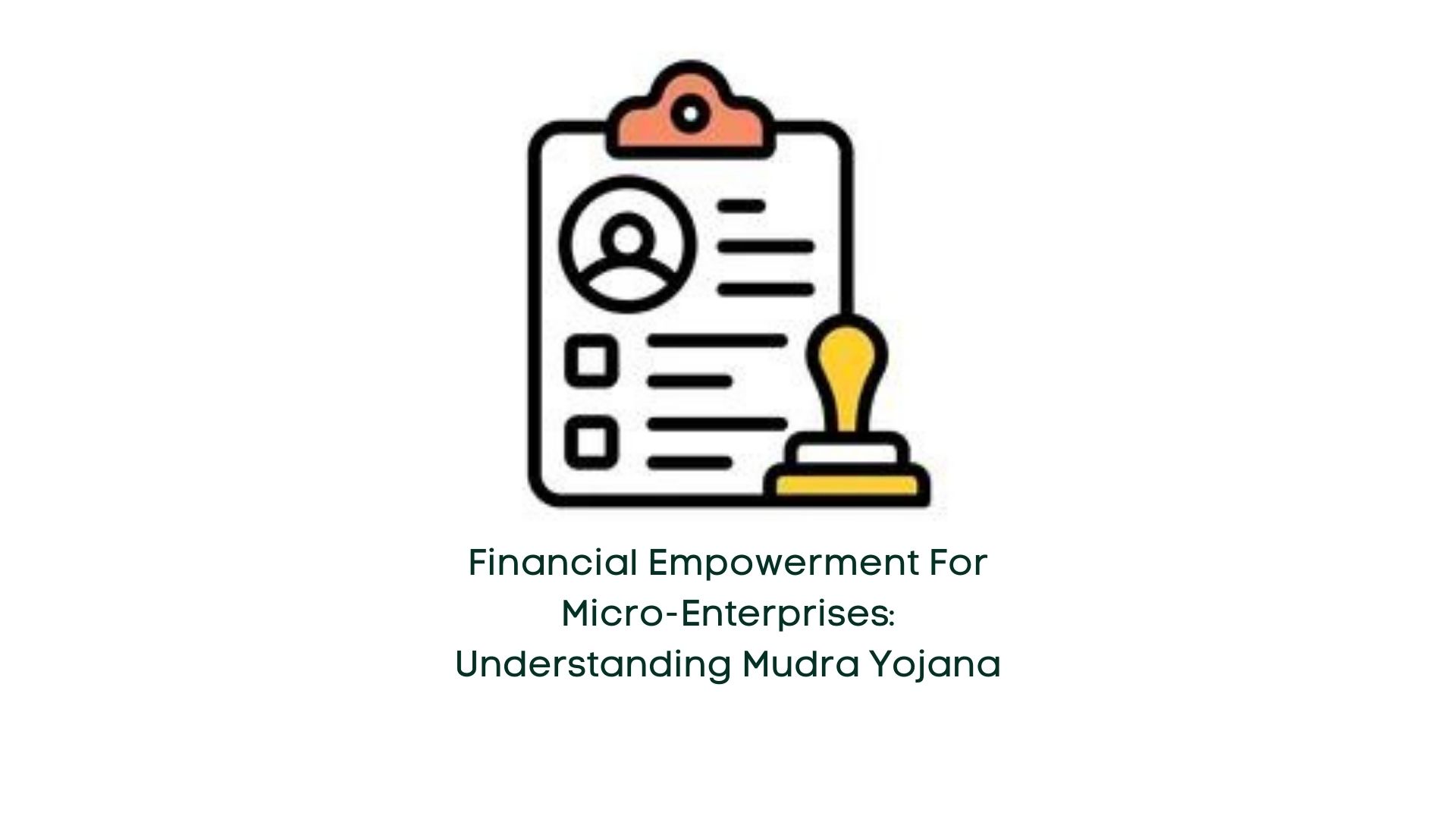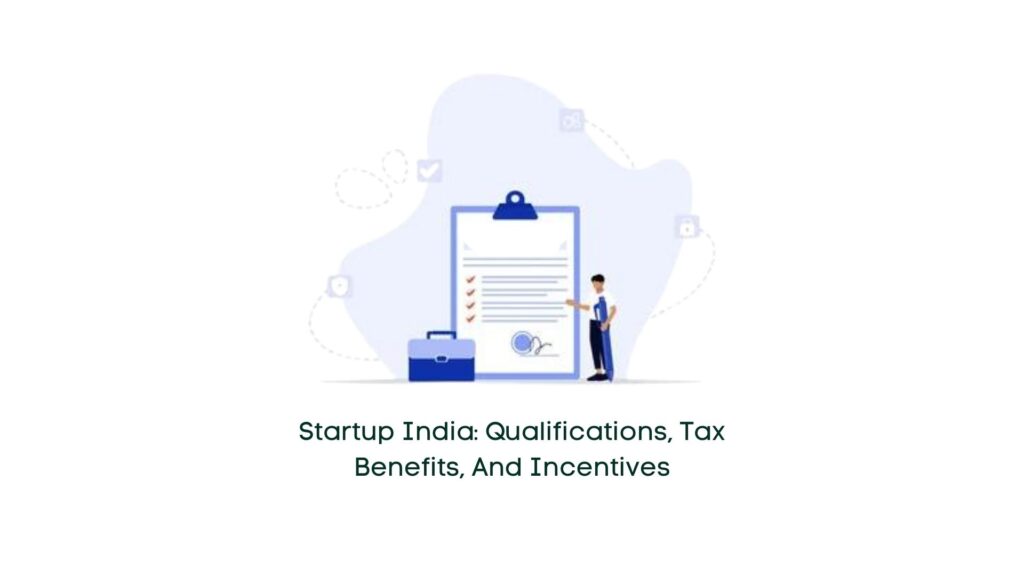
02 Mar Financial Empowerment for Micro-Enterprises: Understanding Mudra Yojana

Small and medium-sized enterprises often face hurdles in securing loans from traditional banking institutions due to various constraints, hindering their growth potential and consequently impacting the economy’s progress.
Mudra Yojana stands as a significant financial initiative geared towards supporting micro-units, providing essential funds to foster their business development. It was introduced under the Jan Dhan Yojana, with the launch of MUDRA Bank (Micro Units Development and Refinance Agency) on April 8th, 2015.
Recent Development:
In the Interim Budget 2024-25, it was disclosed that PM Mudra Yojana has sanctioned an impressive 43 crore loans, totaling Rs.22.5 lakh crore, aimed at nurturing the entrepreneurial aspirations of the nation’s youth, with a substantial portion, 30 crore loans, being granted to women entrepreneurs.
Objectives of Mudra Yojana:
The objectives of Mudra Yojana encompass laying down policy guidelines for financing small and micro-enterprises, regulating Microfinance Institutions, fostering the growth of small businesses, aiding lower income groups, facilitating easier access to finance for the unbanked, providing lending preferences to SC/ST communities, and regulating all microfinance activities related to trading, manufacturing, and services.
Loan Limits and Interest Rates:
Under the Mudra scheme, loan limits and interest rates vary depending on the growth phase of the business. There are three categories:
- Shishu: Loans up to Rs.50,000.
- Kishore: Loans from Rs.50,000 up to Rs.5,00,00.
- Tarun: Loans from Rs.5,00,000 up to Rs.10,00,000.
Various banks and financial institutions participate in disbursing Mudra loans, with 60% allocated to ‘Shishu’ category and the rest to ‘Kishore’ and ‘Tarun’ schemes.
Utilization of Mudra Yojana Loans:
Mudra Yojana loans can be utilized for various purposes such as commercial vehicle purchase, working capital, machinery procurement, agri-allied activities, business expansion, etc.
Eligibility Criteria:
Micro-enterprises engaged in trading, manufacturing, and services, requiring credit up to Rs.10 lakhs, are eligible for Mudra loans. Applicants need to submit relevant documents including proof of identity, business licenses, income tax returns, and business existence proofs.
Covered Sectors and Services:
A diverse range of sectors and services are covered under Mudra Yojana, including transportation, salon services, food processing, textile industry, agriculture, and allied activities.
Changes in Lending Target and Emphasis:
In response to the notable success of Mudra Yojana, the lending target was doubled to INR 2.44 lakh crores in the Budget 2016-2017. Additionally, there’s a specific emphasis on supporting marginalized groups such as women, minorities, Dalits, and Tribals, ensuring equitable access to financial resources.
Mudra Loans Interest Rates (Sample):
- State Bank of India: As per bank guidelines, maximum Rs.10 lakh, tenure 1 to 5 years.
- UCO Banks: Starting from 8.85% p.a., maximum Rs.10 lakh, tenure at the discretion of the bank.
- Bank of Baroda: Starting from 9.65%, maximum Rs.10 lakh, tenure 1 to 5 years.
- Union Bank of India: Starting from 7.30% p.a., maximum Rs.10 lakh, tenure 1 to 7 years.


No Comments